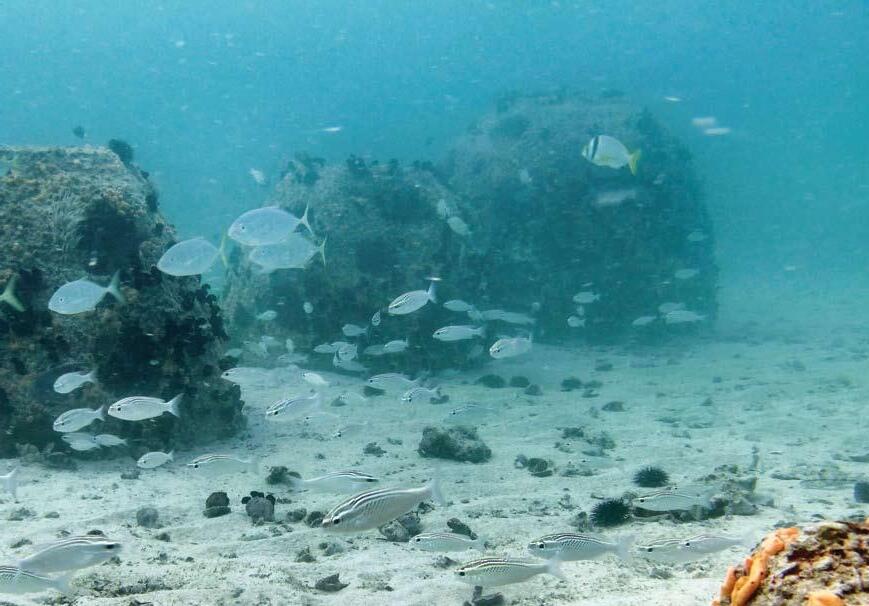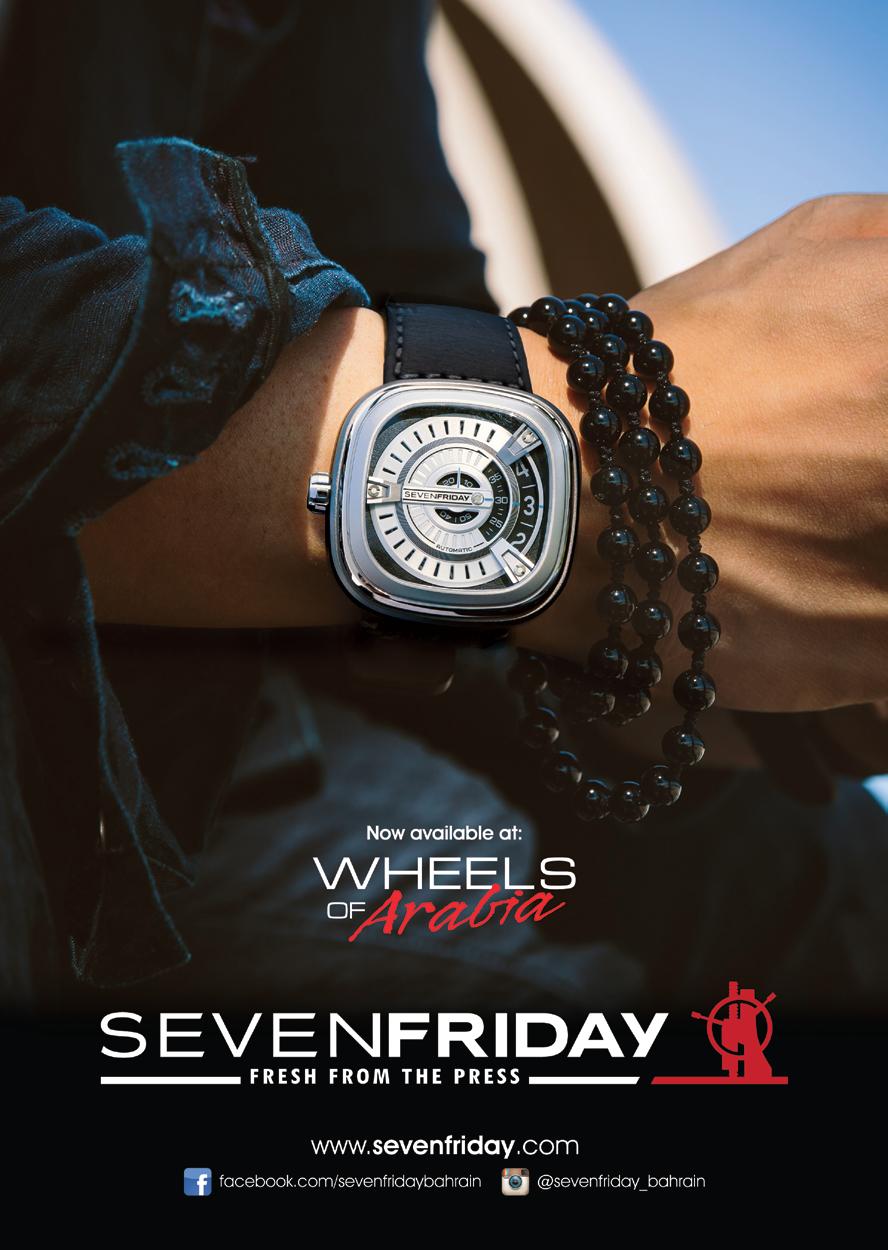
8 minute read
Croatian IncredIble
With a stunning coastline along the balmy Adriatic sea, thousands of scenic islands, picturesque medieval townships and a booming nightlife, Croatia is fast becoming the go-to destination and all-in-one holiday for fun-lovers around the world!
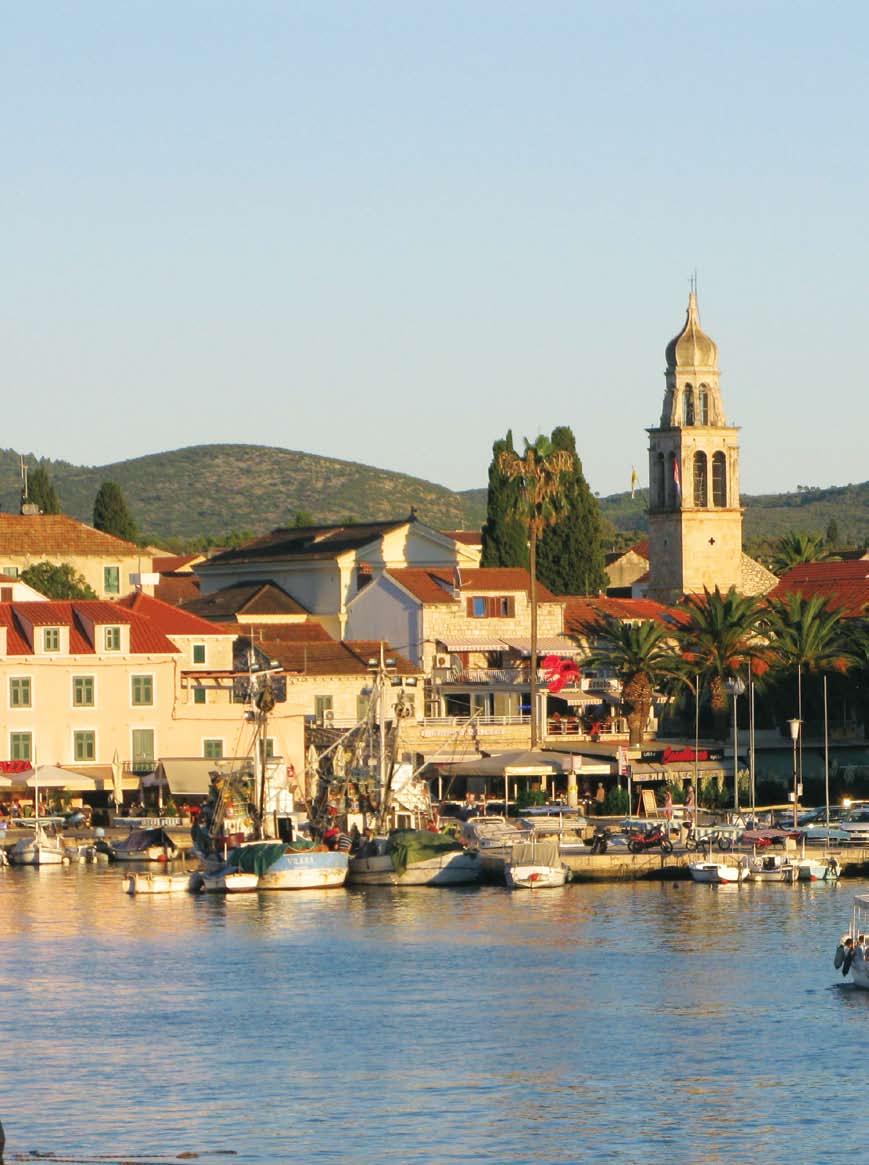
Adriatic cruises are now one of the country’s biggest tourism sectors, with thousands of visitors flocking to Croatia to board luxurious cruise yachts and island hop up and down the country’s coastline.
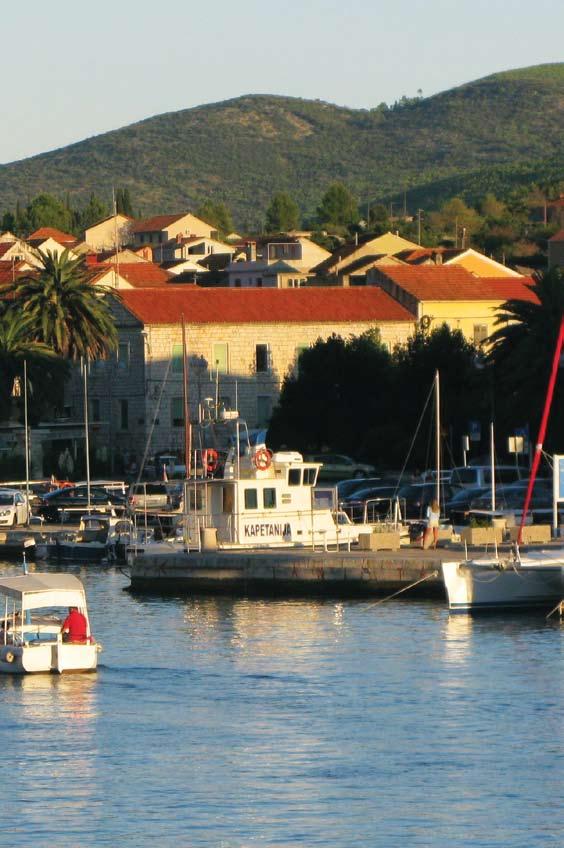
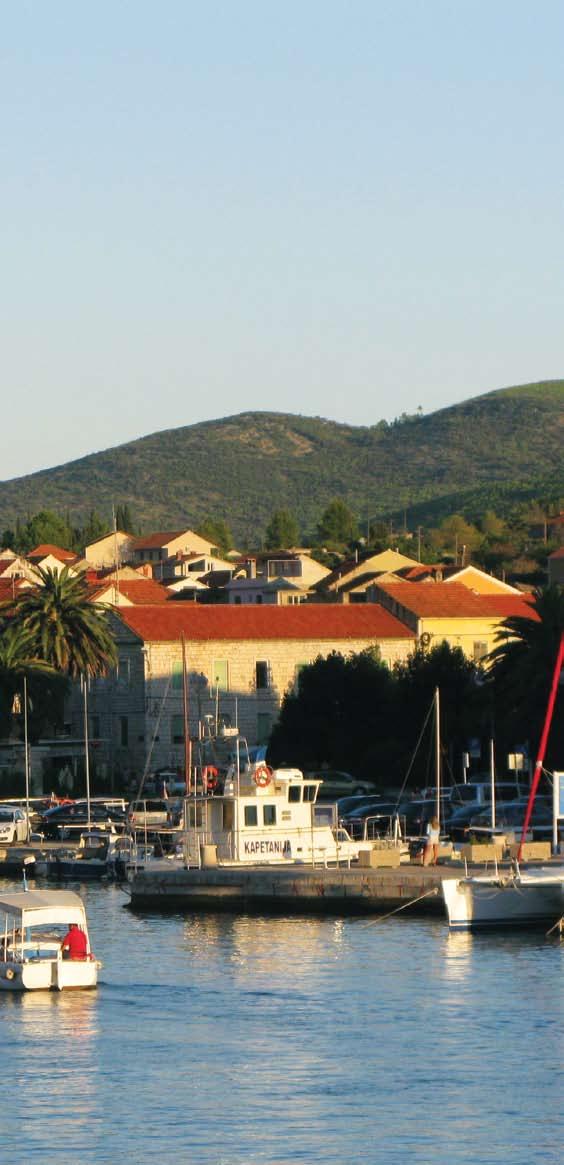
roatia has come a very long way since its bitter war of independence against former Yugoslavia in the early nineties. As an independent nation, it is now a member of the european Union, the United Nations and the Council of europe, and is flourishing as a nation. And, because of its natural beauty, tourism has been a major factor in that success.
Adriatic cruises are now one of the country’s biggest tourism sectors, with thousands of visitors flocking to Croatia to board luxurious cruise yachts and island hop up and down the country’s coastline. As a result, there are now many cruise operators offering these services, often tailored to the specific desires of different tourists.
Are you on a cultural cruise, looking to take in the many heritage sights along the coast, or are you on a party pilgrimage, with a plan to stop off at every nightlife hotspot along the way?
or maybe you’re a family simply looking for a quiet, relaxing trip with calm seas and stunning views. The good news is that Croatia offers it all, but the bad news is that it can be hard to ensure you’re getting exactly what you want out of the trip. So, we’ve put together a guide to get you started.
Dubrovnik
Many coastal experiences in Croatia start in the city of Dubrovnik, not least because it has its own international airport. It also boasts a seaport from which many cruises depart and which many ocean liners visit. However, it is also a highly popular destination in itself, with the old walled part of the city surrounded by medieval battlements that are a favourite spot for romantic walks around the outside of the old town.
A massive appeal for many visitors these days is that the medieval streets and walls of Dubrovnik were used for much of the filming of King’s Landing in the hugely popular Game of Thrones series, and there are now specialised tours of the shooting locations to enjoy.
Historical Sites
Within Dubrovnik, there are a number of great sites to visit, including the city’s Renaissance-era Sponza Palace, and the Gothic-Renaissance Rector’s Palace, and the St. Saviour Church. Also worth a visit is the city’s most popular church, St. Blaise’s, a Baroque cathedral built in the 18th century. And then there are, of course, the city’s famous walls.
elsewhere along the coast, Hvar island is perhaps even more popular as a tourist destination, boasting a wealth of historical sites, beautiful beaches, a prosperous viniculture and a lively nightlife in the port town of Hvar. Because of these reasons, the port is often full of luxury yachts during high season, and is a highly popular cruise destination.
Also worthy of mention is Mljet Island, with a stunning National Park boasting a Benedictine Museum, and Cres Island, with numerous ancient towns and monuments.

Towards the southern end of the coast is Croatia’s second-largest city, Split. Also a major tourist draw, the most famous of Split’s many historical sites is Diocletian’s Palace, and ancient palace built by Roman emperor Diocletian in the 4th century AD that is still in remarkably good condition, and a UNeSCo World Heritage Site.

Party Destinations
one of the biggest attractions to Croatia is its vibrant nightlife, slated by many to be one of the best in the world right now. Islands up and down the Adriatic boast fantastic bars, clubs and parties to attract the many partycruises that sail along the coast.

There are numerous operators that run party cruises, but one of the most prolific are Sail-Croatia.com. Their cruise departs from Split, where it stops at the islands of Vodice, Tisno, Zadar, Pag and Murter before returning to Split.
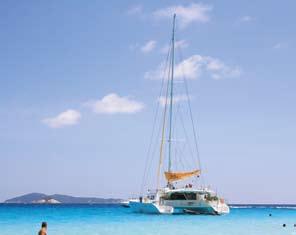
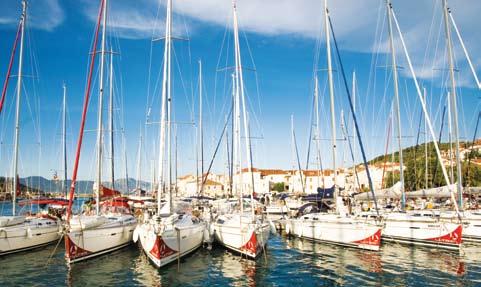
on Tisno, the cruise takes in the Soundwave festival, one of the biggest in the country. The cruise also takes in the Zrce beach, on Pag island, which has become one of the biggest party spots on the coastline, and has become notorious for its hedonistic club scene.
All along the cruise, however, there are other attractions such as waterfalls, bungee jumping and tourist sites, in case the partying becomes a little too much at any point!
Although the breadth of choice can be bewildering, the good news is that most of the cruises will stop at enough destinations to satisfy even the most avid of travellers, and even if the hopping on and off gets tiresome, simply relaxing in the sunshine on the yacht itself for an afternoon or taking a dip in the crystal clear Adriatic waters is a great way to relax and unwind!
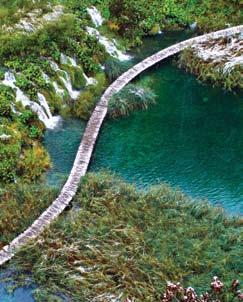
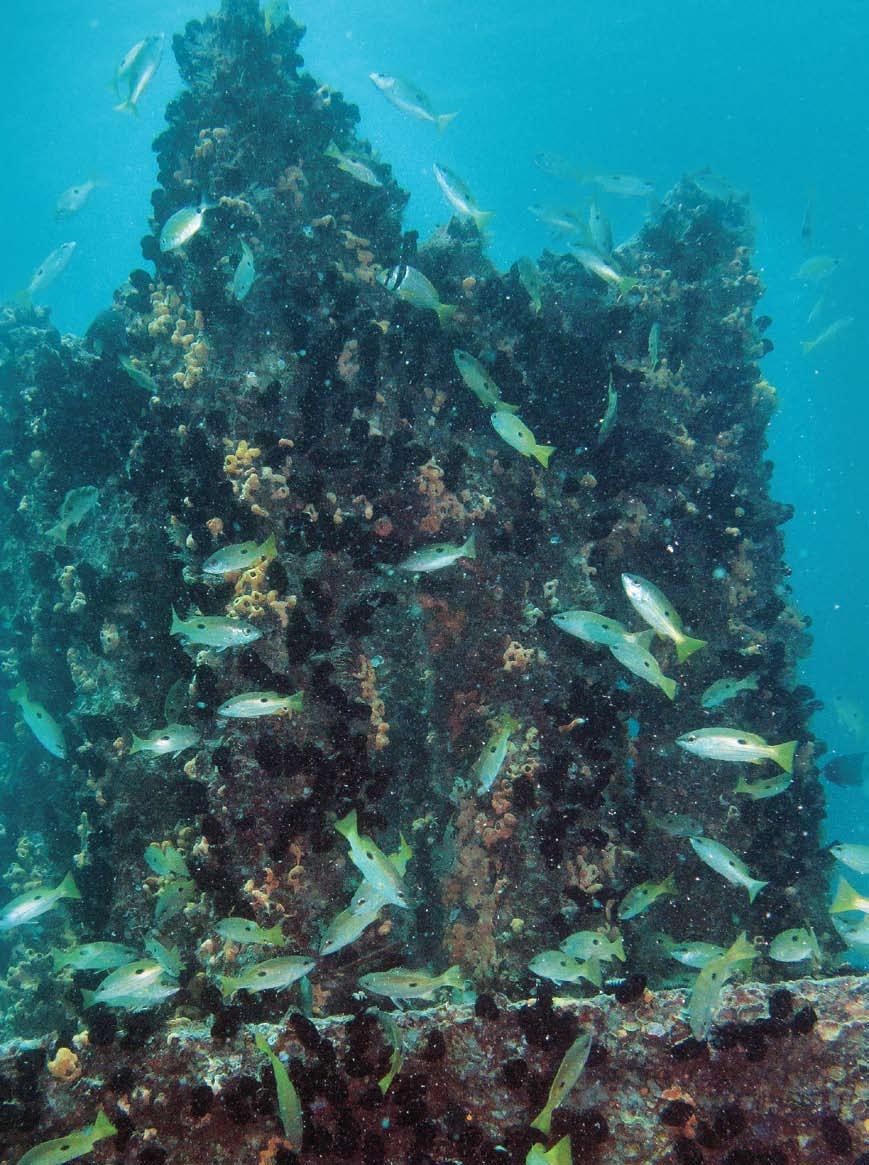
oral reefs are the forests of the oceans, providing food, shelter and a habitat for countless species of marine wildlife. Historically, Bahrain had one of the most abundant marine habitats in the Gulf, which is why it was a major trade port and why its pearling history flourished so much. However, in recent history, a combination of events and factors has had a hugely negative impact on Bahrain’s ocean habitats. The most significant of these was the a massive global coral bleaching event back in 1997, where a sudden spike in sea temperatures had a catastrophic effect on reefs around the world, not least Bahrain’s. That has since been combined with bad fishing practices, and the damage caused by dredging, land reclamation, industrialisation and desalinisation.
The destruction of reefs, which can take hundreds of years to grow, has meant rapidly declining fish stocks and the decimation of ocean wildlife. It’s a problem that one sector of the Bahraini government is taking very seriously.

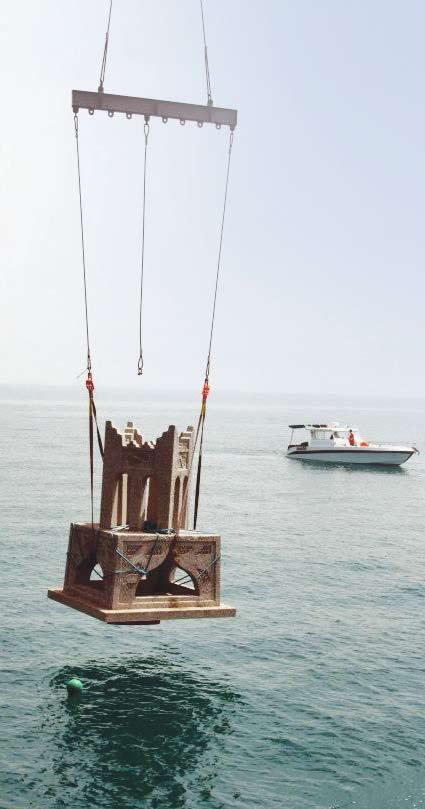
The General Directorate for Protection of Marine Resources and Wildlife have been taking drastic, and often unpopular, measures to counteract this problem. Two of the first major steps were to call for a major survey of marine wildlife, and to introduce a legal requirement for environmental impact assessments to be completed before a large reclamation project was undertaken.
This is where Reef Arabia, or more accurately its parent company, environment Arabia, came in. The company was set up in 2002 by Bahraini businesswoman Halel engineer, in response to a government call for specialists to survey Bahrain’s waters.
“So, environment Arabia was primarily set up to do these environmental impact assessments and marine ecological surveys,” says Michael Aurora, one of the company’s expert divers and marine biologists. “But the logical progression from there, when you do an environmental study that show habitats have been or will be destroyed, is that you need to give something back to the environment, or compensate for the damage, and the thing we kept coming back to was artificial reefs.”
Artificial reefs are structures made of a very durable marine grade concrete that can last hundreds of years in the sea, and which has a neutral pH level to allow for a varied range of species to flourish on and around it. The structures are built to imitate naturally-occurring coral, and provide a haven for fish and a habitat for marine life such as algae, seaweeds, barnacles, and the other building blocks of a thriving reef.
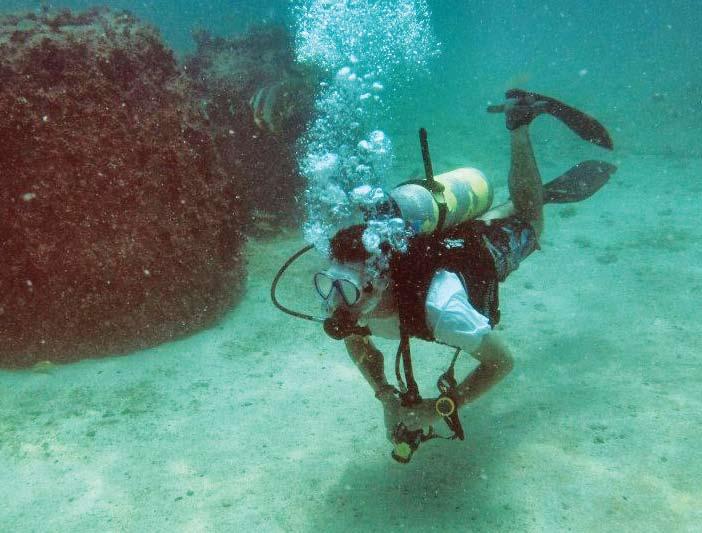
“I had some experience with artificial reefs going back to the early 90s, so Halel and I decided to start a new company, and that’s where Reef Arabia comes in,” explains Michael. “It was set up to design, manufacture and deploy artificial reefs in the Arabian Gulf, and we set up a partnership with a company called Reef Ball Australia. They brought with them extensive experience in artificial reefs, and we brought the local knowledge and our own experts, and by combining all this expertise we could provide something tailored for the Arabian Gulf ecology.”

Reef Arabia’s work is not just pioneering in Bahrain, but also in the rest of the world, as it is still a relatively new industry, and innovations are still being made. Their work with reef models made using 3D printers in cooperation with their Australian partners saw them featured in the US edition of National Geographic magazine last year. “The very first reefs of this kind in the world were set up in Bahrain by us, and this is something we’re very proud of,” says Michael. However, they face challenges on many fronts, not least through the overfishing of the country’s waters, and Bahrain’s enduring love for seafood. The highly competitive market and the granting of too many fisherman’s licences means that fishermen are becoming increasingly desperate in their hunt for ever-declining fish stocks. “When we did one project, and we had a huge 150 tonne 155m long barge, which is something you can’t really hide, and we had a flotilla of fishing boats following us to find out where we were putting the reefs, which is a problem we face,” explains Michael.
However, local fisherman are not the only culprits. Recreational divers armed with spear guns are becoming an increasing problem for the reefs too. “The recreational scuba divers, who will go out with their own fancy boats, scuba gear and spear guns, will wipe the whole population of a reef out in an afternoon. There are some people who are out there doing this weekend after weekend, and it’s having a really detrimental effect. These are adult fish who would otherwise be breeding and increasing fish populations, and now they’re being taken out of the equation, and this simply isn’t fair on anyone else using the oceans for fishing, whether by net or line.”
In most marine wildlife enthusiast circles, fishing with both scuba gear AND spear guns is seen as cheating and unacceptable, as it gives a distinctly unfair advantage to the fisherman. Normally, spearfishing is only condoned for free divers.
Eco-Tourism
So what is the answer? Well, it could lie in Reef Arabia’s future plans for their company, which is a new division called Eco Arabia. A shift towards eco-tourism could be exactly what is needed. If resources currently being used for commercial fishing could be redirected towards a lucrative tourism industry instead, people don’t have to lose their jobs, and the oceans can still be protected.
“There’s more than one use for these reefs,” says Michael. “The ones we’ve already done were for the fisheries, but there’s huge potential for eco-tourism, which is why we’re setting up eco Arabia. These coastal tourism developments, like hotels, marinas and oceanfront residential projects, if you created a centre for diving, with underwater habitats and sculptures and so on, you could then bring tourists, school kids, take them diving, snorkelling, teach them about marine wildlife. It becomes a form of ecotourism, and a whole new activity for Bahrain. That’s where this new company, eco Arabia, comes in, because we want to do just that. Something proactive, something educational.”
This kind of tourism could also address the main issue, which is one of education. The reefs being created, as well as the fish that populate them, are part of a delicate ecosystem that is under serious threat, and it is the responsibility of everyone who uses the oceans, whether for livelihood or recreation, to protect them. The more children are exposed to this way of thinking the more hope there is that future generations will respect the oceans more.
